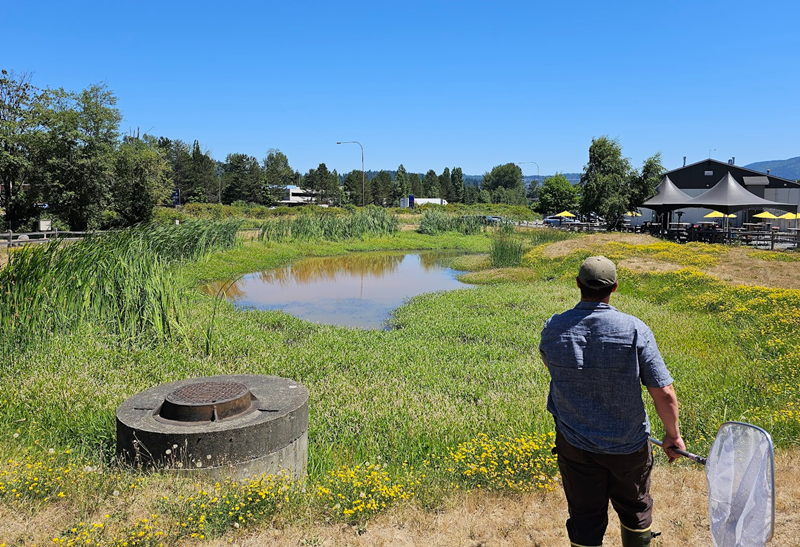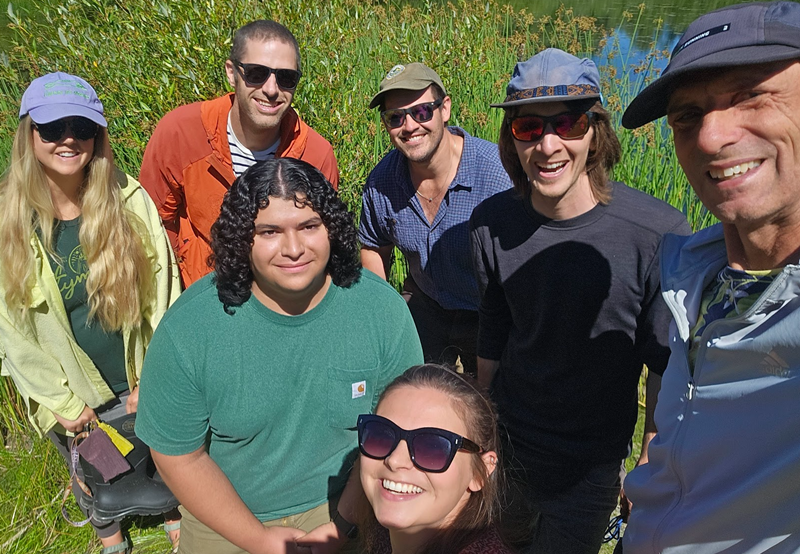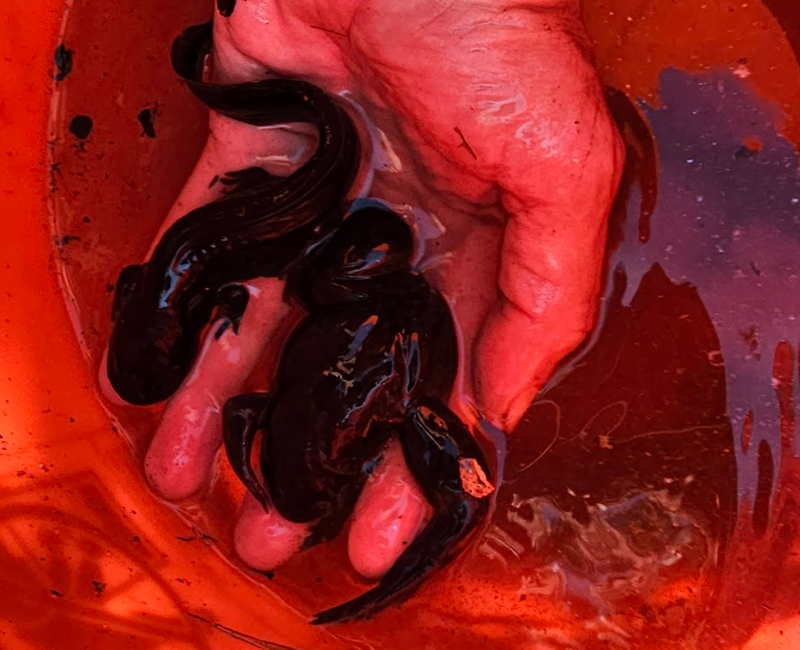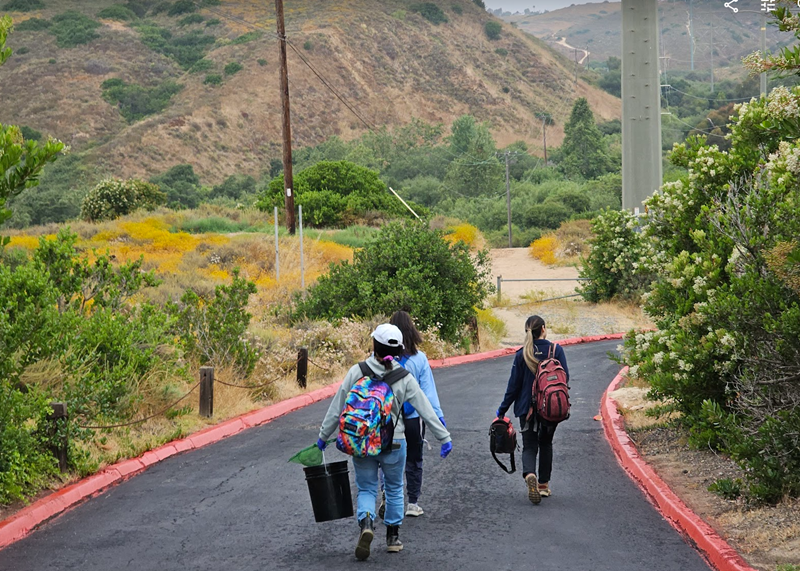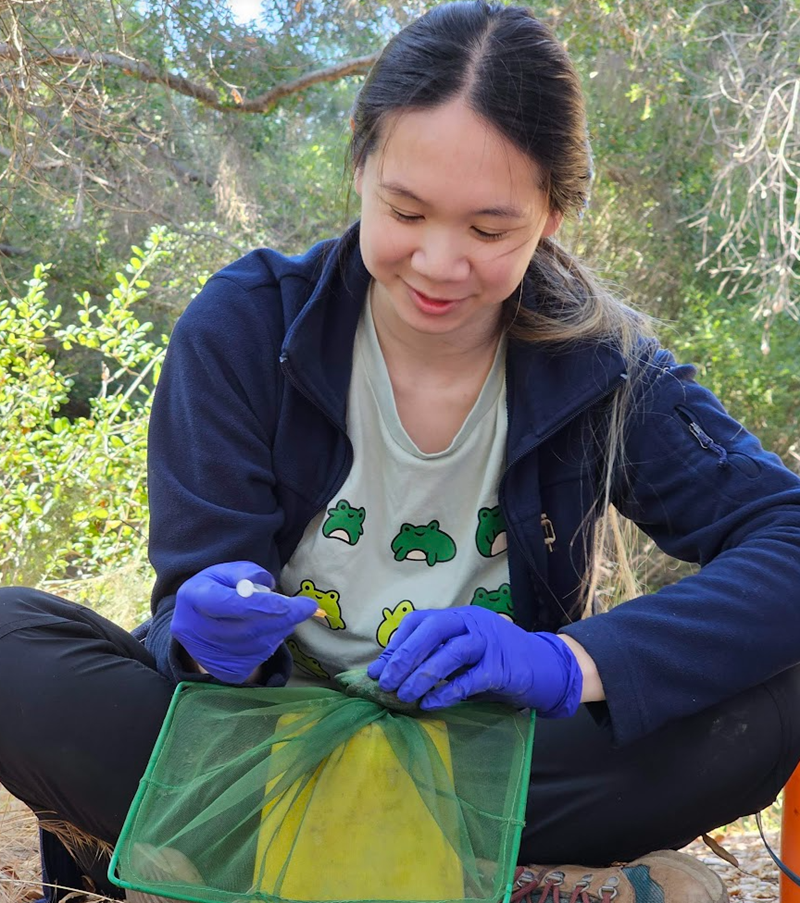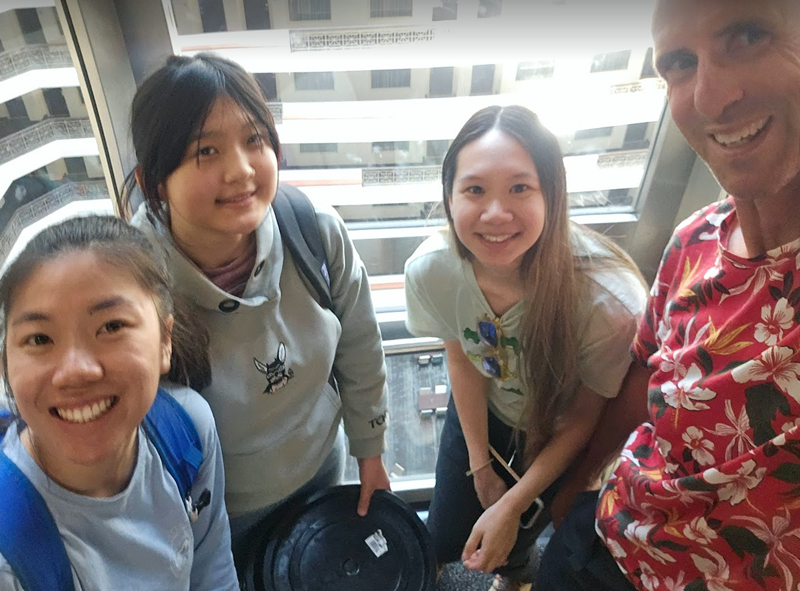Catching Xenopus in Baja California, Mexico
With the invasive population of African clawed frogs being in so many drainages in San Diego, it was long expected that they would cross the border into Tijuana, the city at the border between USA and Mexico. But it wasn't until 2014 that Anny Peralta-García and colleagues reported that these frogs had not only crossed the border, but had travelled around 20 km South along the coast and appeared to have moved up the drainage inland.

The Tijuana River does not look hospitable to African clawed frogs, but when the flow is slow like this, they can use it as a corridor to expand their invasion.
Reports from Anny and colleagues with those posted on iNaturalist now indicate that the invasion has moved ~40 km south of the border. I was very lucky to be able to work with Anny and Jorge and make a quick visit to Baja-California. Both Anny and Jorge were out of town, but I met up with Diego Maldonado who very kindly picked me up in Tijuana and drove me to the two southernmost sites to place traps.
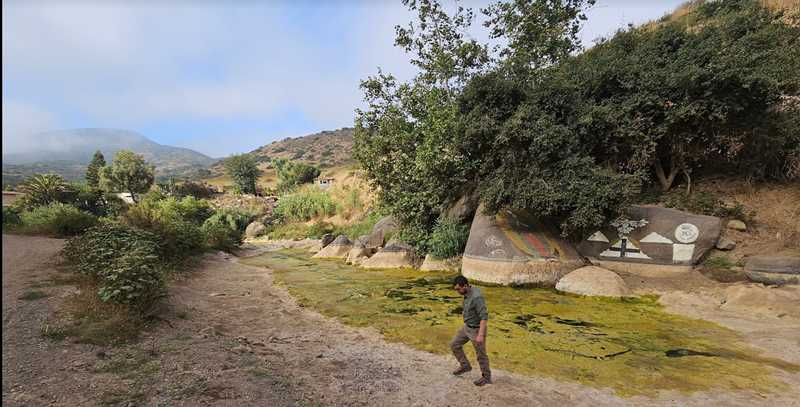
Diego at one of the sites near Puerto Nuevo.
Although we were unlucky at the inland site, we found large numbers of animals near Puerto Nuevo. Here you see Diego pulling in one of the traps.
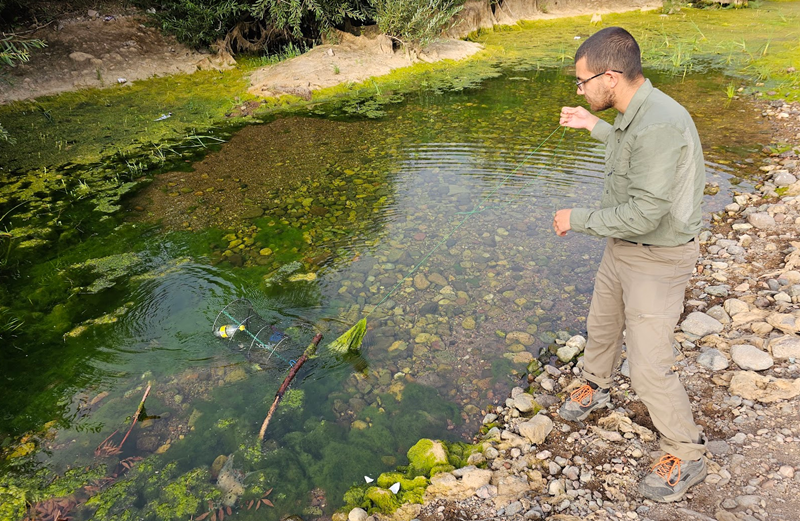
Moreover, we could see many animals in the water. I've ringed a couple in the picture below. How many more can you see?
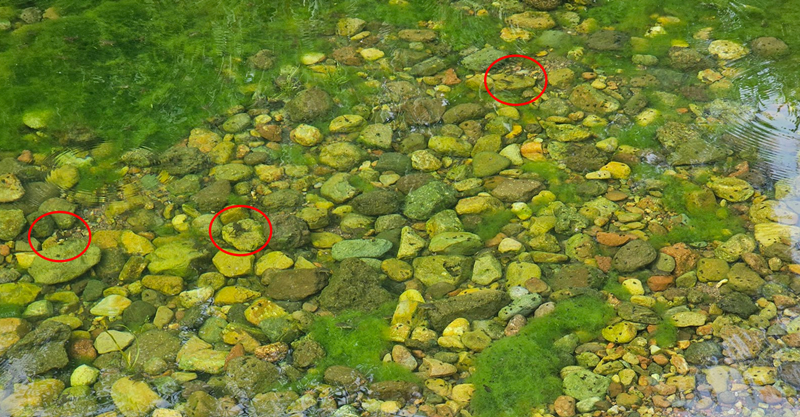
Thanks to Anny, Jorge and Diego for making my trip to Mexico not only possible but also successful. It was great to learn about Baja-California and see some of the beautiful areas that Xenopus has invaded.
Literature
Anny Peralta-García, Jorge H. Valdez-Villavicencio, and Patricia Galina-Tessaro "African clawed frog (Xenopus laevis) in Baja California: a confirmed population and possible ongoing invasion in Mexican watersheds," The Southwestern Naturalist 59(3), 431-434
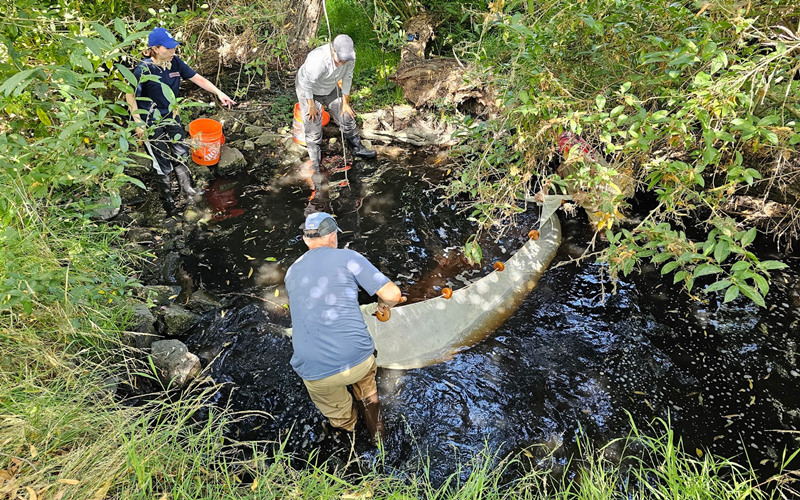
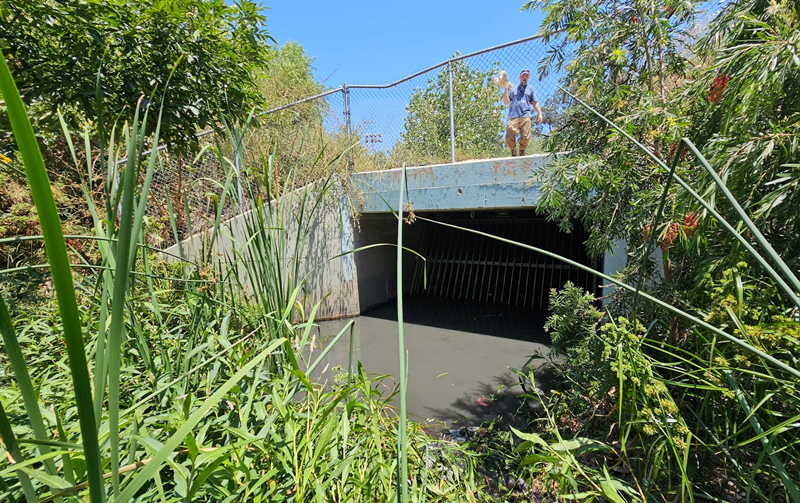

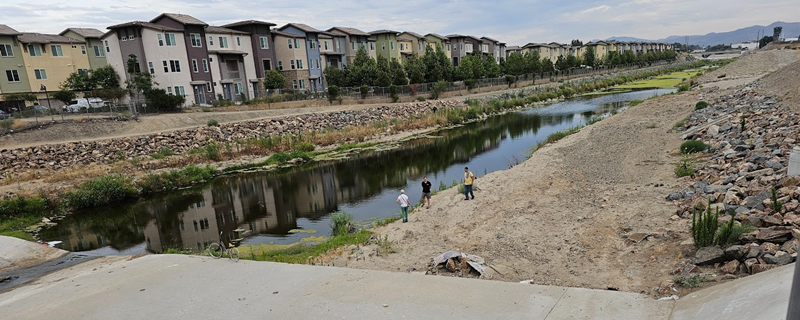
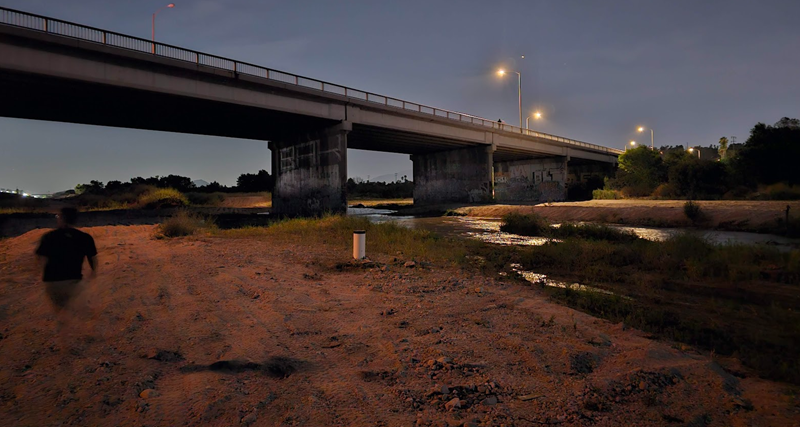
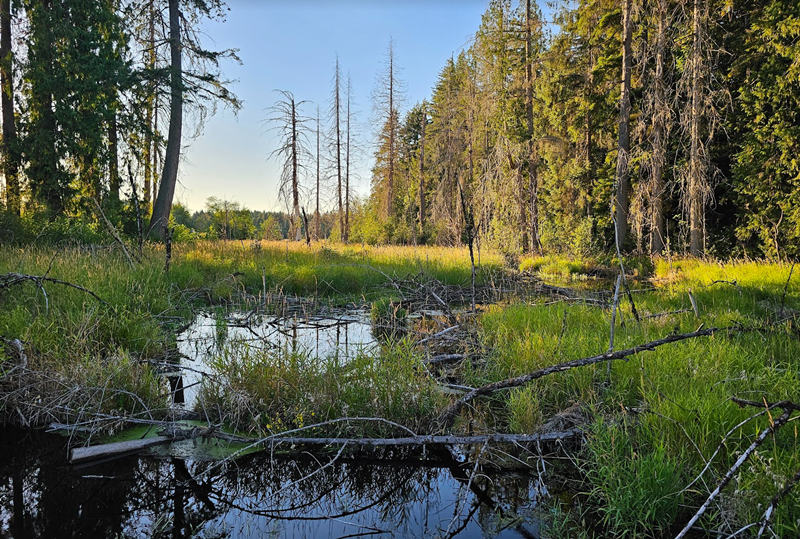 I've been in contact with the good people of DFW Washington State since the start and we have had many email exchanges and discussions about how best to tackle these invasions. However, the area is full of stormwater ponds and creeks that connect them, so appears ripe for continued invasion.
I've been in contact with the good people of DFW Washington State since the start and we have had many email exchanges and discussions about how best to tackle these invasions. However, the area is full of stormwater ponds and creeks that connect them, so appears ripe for continued invasion. 